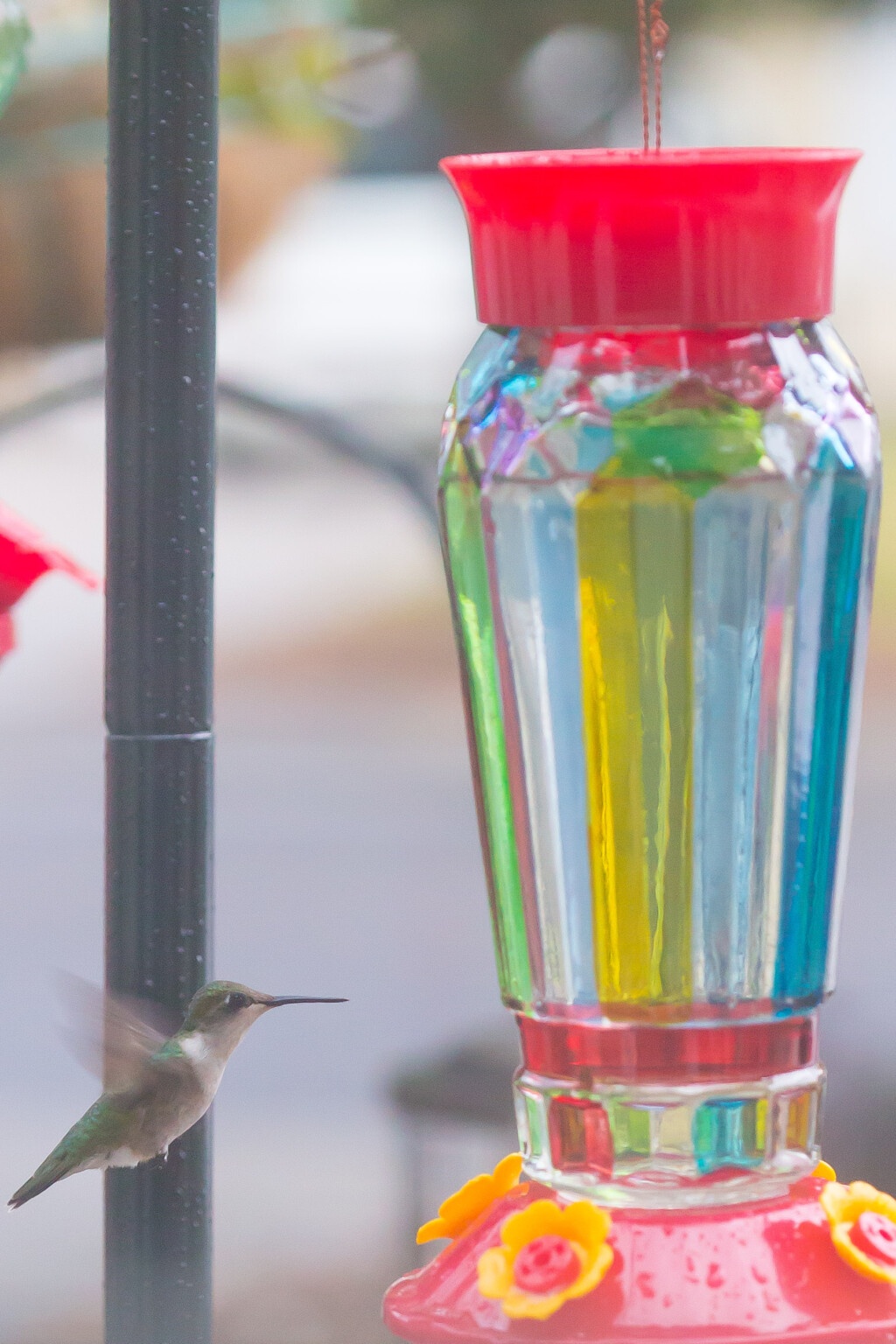
If there isn’t residue, ants won’t find their way in. Ants will be attracted to sticky residue on the outside portion of the feeder. It is difficult to keep them away, but the best option is making sure the feeder is clean on the outside. You can see the ones I have used over the years below! Keeping Away Ants from FeedersĪnts also cause issues for many hummingbird feeders. Over the last ten years, I have tried out dozens of different feeders, and the ones with smaller flowers seem to attract less bees. I also bought a new feeder which is made to keep bees away and attract more birds. Make sure there is no residue on the outside. Cleaning it out every few days helps with this along with making sure you wipe the outside of the feeder after filling. In addition to keeping bacteria away, bees are also a problem with hummingbird feeders. I have tested it out in my area which is 100 degrees in the summer, and it is essential to clean it out every day.

The first thing to do is make sure you feeder is more in the shade. If the mixture looks cloudy or milky, clean it out immediately. Sugar can also ferment in hot weather, so keep an eye on your feeder.

In the sun, warm sugar water can grow bacteria very easily. Make sure the solution stays cool! You don’t want any bacteria to grow in this homemade food before pouring it into feeder. Store any leftovers in refrigerator for 2 weeks. Storing This Homemade Hummingbird Food Recipe

The first thing I did when my husband and I moved into our first apartment was by a hummingbird feeder. I have loved both since I was a little girl. My two favorite creatures in the summer are hummingbirds and fireflies. If hummingbirds don't use your feeder enough to drain it before spoiling occurs, fill the feeder only partially.This post may contain affiliate links. If you notice the sugar water is getting cloudy or is developing black spots or white streaks, it's time to clean the feeder and replace the nectar. If it's above 92 degrees, you should probably change your nectar daily. Generally, when ambient high temperatures are 71 to 75 degrees, nectar needs changing at six days daily high temperatures of 76 to 80 degrees Fahrenheit reduce nectar's feeder life to five days temperatures of 81 to 84 degrees limits nectar life to four days 85 to 88 degrees reduces the number to three days and 89 to 92 degrees requires you change nectar every two days. If temperatures are below 70 degrees Fahrenheit, you can usually get by about a week before disposing of leftover nectar in the feeder. Temperature can affect the life of hummingbird nectar. Change your nectar regularly for a clean feeder and fresh food for your birds. Sugar water can spoil quickly in the feeder, and mold and bacteria will grow if hummingbirds don't suck it up readily.


 0 kommentar(er)
0 kommentar(er)
